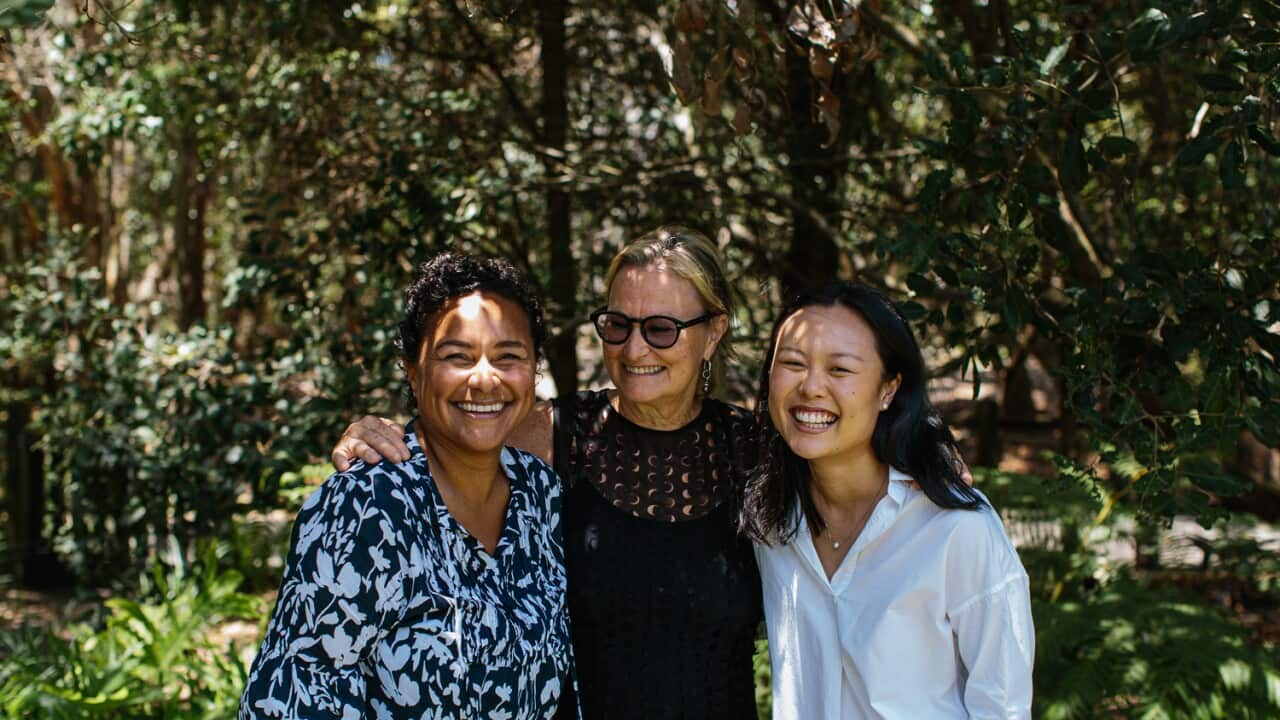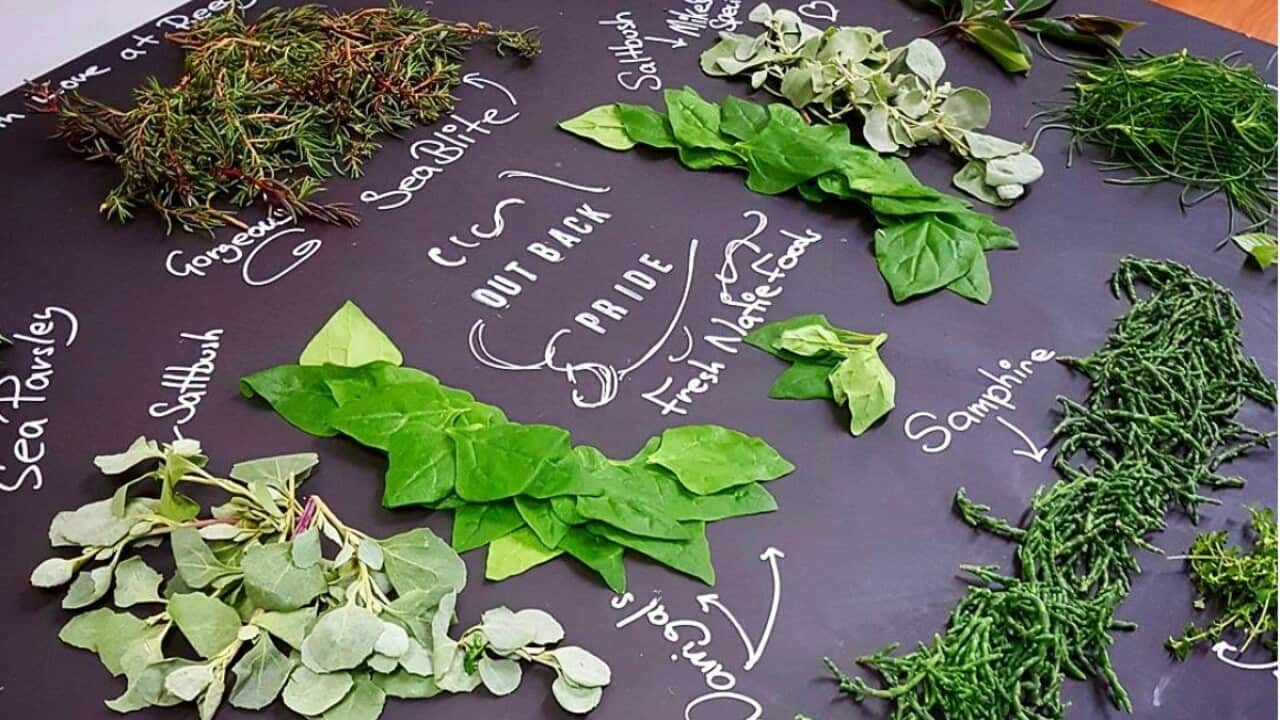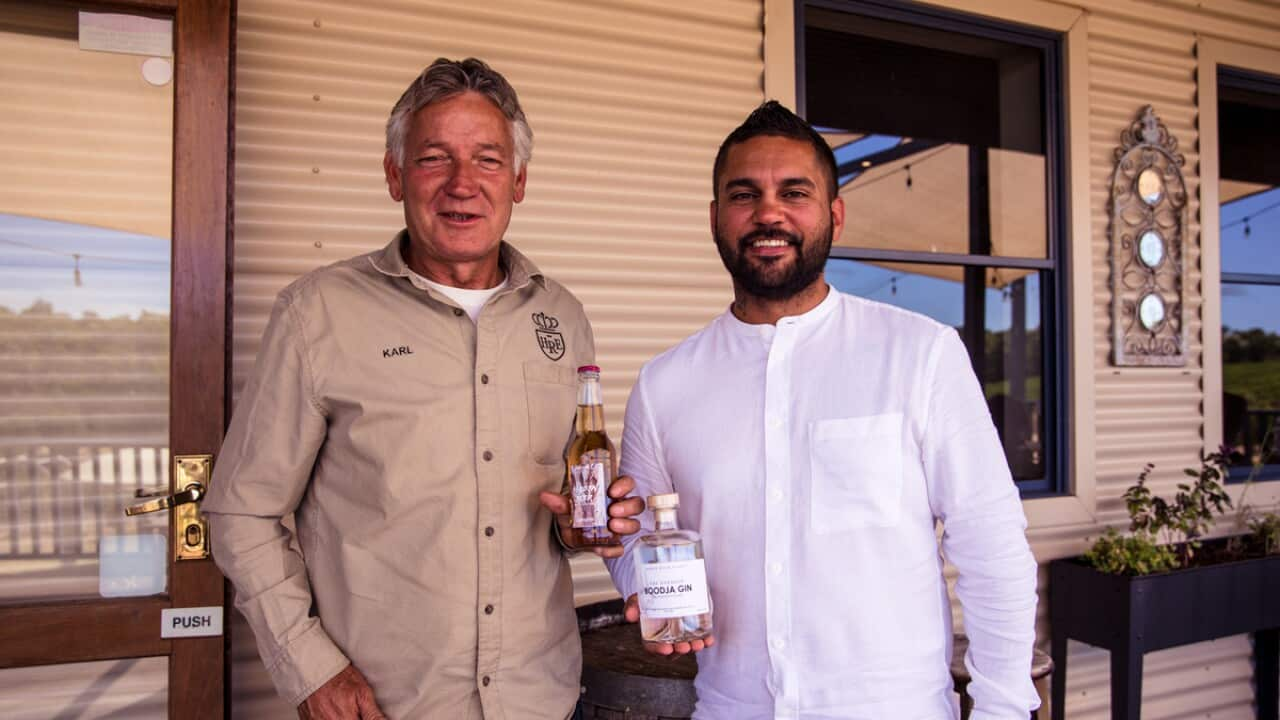in Kingscliff on the northern coast of NSW is a classic Chinese restaurant. For half a century, diners have ordered staples — like spring rolls, fried rice and honey and lemon chicken — from this establishment.
Renee Ng, whose parents have run this restaurant in the Tweed region since 1999, tells SBS Food, "My earliest memories of the shop would be sitting on top of a counter, listening to the takeaway phone and…watching people coming up to the counter to order.
"They had their official opening with the dancing dragons and firecrackers," she says. "I was eight months old."
Ng has seen countless plates stacked with prawn toast, chicken and cashews, and stir-fried beef with black bean go out, and can remember how the takeaway packaging has changed over the years.
"The spring rolls used to be packed in the white paper bags. And they were hung off a little brown string on the corner of the table and you used to rip off a bag as the order would come through," she says.
The years have passed in a blur of spring-roll orders. Now, Ng has finished her medical science degree and currently works on the floor at Ben Devlin's restaurant, in Pottsville, about 18 kilometres south of Kingscliff.
DINING ON THE NSW NORTH COAST

Why this restaurant owner started the Chef Widow Club
The head chef encourages his staff to expand their Aboriginal knowledge, which led to Ng and her workmates attending an Indigenous cultural cruise run by Indigenous education centre and land management service . The First Nations company is operated by one of the biggest traditional-owner families in the Yugambeh Bundjalung nations.
It was during this cruise that Renee had a life-changing meeting with Arabella Douglas of Currie Country.
"I told Arabella that I'd been thinking a lot about my parents' shop and the general future of Chinese restaurants anyway: the parents retire and the kids go onto professional jobs and there's no one else to carry on that legacy," says Ng.
"If we are going to do this for the future, what needs to change? Does the food need to change? If it does, how should it? Maybe we should be inspired by our country and looking more at Aboriginal principles of eating, ingredients and food-gathering."
It turned out Douglas had been thinking along similar lines: she wanted to explore the region's longstanding relationships between the Aboriginal and Chinese communities and the untold stories that connected them.
"The real story of Australia doesn't start in 1788," Douglas says. "We've got to stop seeing each other through a white perspective."
Her father-in-law is Cantonese and her connections to Chinese people go even further back.
"The foundation of Australia is mistold, because the five generations back in my family, there are no white people, there are Asian people."
We've got to stop seeing each other through a white perspective.
Douglas wanted to explore this rich history between Indigenous and Asian communities, which predates British settlement. Contact between Chinese and First Nations populations took place the First Fleet arrived, and Yolngu elders even crafted their own to eat fish.
"If you're going to retell the history of Australia, we must layer it in the honest way," Douglas says. "I never thought about doing it or expressing it through food."
In the many months since their initial meeting last September, their collaboration developed into at Eastern Door, a three-part dinner series to take place at Ng's family restaurant over summer. "Nungalgiri is the Aboriginal word for summer," explains Douglas.
While various complications have led Douglas and Ng to delay the summer series, they still want their initiative to celebrate the historic Indigenous connections between Chinese, Indian and South Sea Islander communities in Australia.
Douglas says, "[Manfield] approached us to do a welcome [ceremony] to bless her home." By then, the pandemic had halted Manfield's cultural tours to Asia. But the chef was keen to restart them when she had the chance.
"I said to her, 'I don't know why you'd go overseas to do that? Why isn't anyone talking here about those histories in food [here]?'" asked Douglas.
The summer series was to stage three dinners inspired by muggera (lightning), gwong (water) and pooningbah (echidna). The menu for their eventual series will also draw on the Aboriginal season and the land — and unfold as an Asian-style banquet. Manfield envisions Indigenous flavours throughout, whether it be a native ginger in a spicy punch, or pipis, which Indigenous people have been harvesting for tens of thousands of years.
Warrigal greens might end up in a Szechuan salad, while from Natural Ice-Cream Australia has made a tofu dessert with bunya nuts. Each dinner will feature smoking ceremonies and other traditional acts throughout each dinner.
A guest collaborator will be — the ceramic art studio has custom-crafted tableware for the event. "You'll even see some of the ingredients in the tableware," says Douglas.
The group looks forward to highlighting the shared connections between Indigenous and Asian communities soon. Ng says, "There's definitely potential to continue telling this story that includes everyone. Everyone is involved in creating this story of our future together."
Douglas adds, "It's all about everyone having a taste of what can be reimagined."
INDIGENOUS AUSTRALIAN GOODNESS

Kakadu plum: The story of this Indigenous Australian superfood





